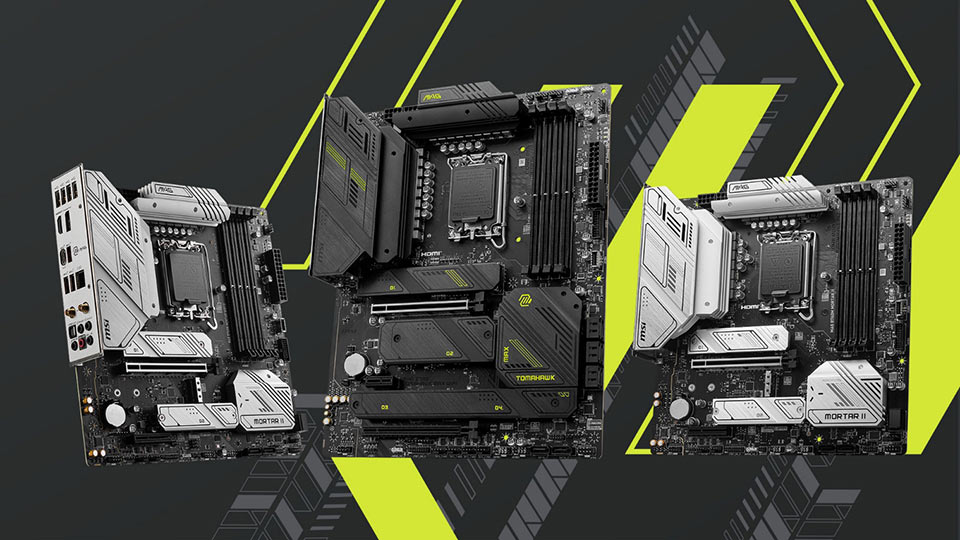
According to BenchLife.info, Intel’s upcoming Z890 motherboards, expected to be released alongside the forthcoming Intel Core Ultra 200-series (codenamed Arrow Lake) chips, are reportedly shipping with the Intel Default Profile by default. If the information is accurate, motherboard makers cannot set their custom power profiles as the default settings. However, they can still add other profiles that users can select in the BIOS.
The instability of Intel’s Raptor Lake and Raptor Lake chips was caused by faulty microcodes that made the processor ask for elevated voltages. This led to irreparable instability, with some chips ending up dead. Although the primary cause of the instability is an issue with Intel’s design, the custom power profiles that high-end boards apply on the affected Intel chips do not help matters. Intel has since released a patch that addresses the issue, but damaged chips are irreparable, meaning Intel has to replace or refund them.
Arrow Lake CPUs are reportedly unaffected by the instability; however, Intel is erring on the side of caution by allegedly forcing manufacturers to stick to its default power setting. After all, most users would likely not touch the power profile — only enthusiasts who want to get the most out of their CPUs and know what they’re doing would likely tinker with the motherboard’s BIOS. So, most Intel customers who buy the upcoming chips would likely be safe if enhanced power profiles had an unwanted effect on Intel’s new processors.
Suppose you’re a risk taker and want to push your Intel processor to its limits. In that case, you can do so by diving into the BIOS and selecting the custom power profiles that the motherboard manufacturer added to your motherboard. This move means that only those who want the enhanced performance (and know their way around the motherboard’s BIOS settings) would get them. However, this also means that motherboard makers have fewer ways to differentiate their offerings in performance since all Z780 motherboards should be on the Intel Default Profile.
We’re still all for this development, as it reduces the chances that an errant power profile would cause issues with Intel chips. This is important, especially as the company is still reeling from the negative press that the Raptor Lake instability issues brought, not to mention the financial woes it’s been facing since August 1.







